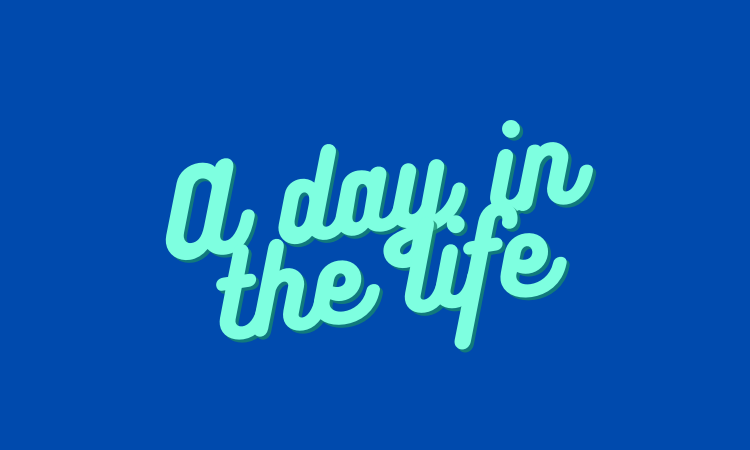Day in the Life
A tale of two phones: A day in the life of Ankur Sinha, CTO of Remitly
- Ankur Sinha is CTO of Remitly, a fintech company focused on international transfers.
- But for Ankur, being tech-focused doesn’t mean losing sight of the customer – or missing out on family time. With an early start and a steady routine, here’s how he makes it work.








